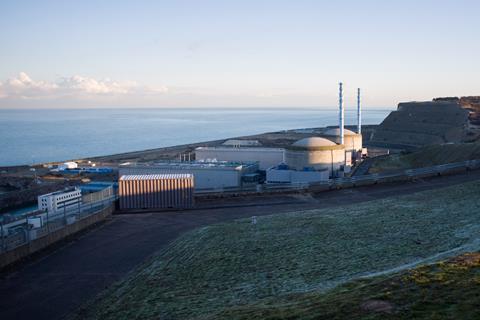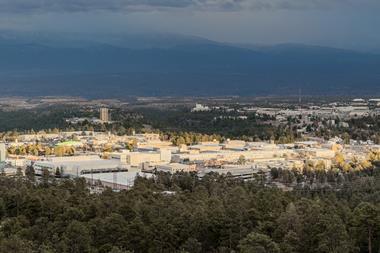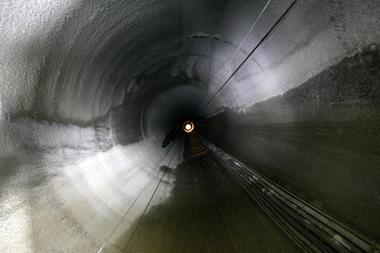Atomic energy has the potential to reduce our carbon footprint, but the problem of waste is devilishly complex
France’s electricity production emits 85g of carbon dioxide-equivalents per kilowatt hour compared to about 260g for the UK and 370–380g for Germany, Italy and the US. Although Sweden manages an impressively low 45g, it has lots of hydroelectric power – France relies on its fleet of nuclear power stations to generate electricity. It’s a success story that has been decades in the making, going all the way back to the 1970s oil crisis. ‘In France, we do not have oil,’ went the slogan, ‘but we have ideas.’

If the rest of the world had followed France’s lead, it’s sobering to think what the level of carbon dioxide would be in today’s atmosphere. In March 1974, when the building plan was being deliberated, levels were at 332ppm; today, it’s more like 420ppm.
Nuclear power has had its share of controversy and catastrophe, of course, and it’s not without its problems – no power source is. It would be wrong to minimise some of the serious incidents that have occurred, especially at Chernobyl during the Soviet era, for example. Yet those incidents are rarely considered in the context of harm caused by other fuels; oil spills and coal mining accidents have not caused countries to jettison oil or coal as a source of power.
Even when nuclear power is working perfectly, there’s still the problem of its waste. What should we do with the radioactive leftovers? As Bárbara Pinho’s feature on p42 explores, despite the problem having been around almost as long as nuclear power itself – nearly 70 years – almost no country has yet found a satisfactory long-term solution.
Even when nuclear power is working perfectly, there’s still the problem of its waste. What should we do with the radioactive leftovers? As Bárbara Pinho’s feature explores, despite the problem having been around almost as long as nuclear power itself – nearly 70 years – almost no country has yet found a satisfactory long-term solution.
Even the US, with its wealth, technical know-how and huge swathes of low-population land, has been unable to manage the problem. The Yucca Mountain nuclear waste repository, despite being in the planning since 1987 and cost many billions of dollars, has not even opened and is unlikely to do so.
Finland’s success in establishing a geological deposit, as the feature explains, is down to a multi-decade process that has seen much community engagement. It remains to be seen whether other nuclear countries – of which there are more than 30 – can manage such a delicate, multiparty and long-term problem. Let us hope so.

















No comments yet